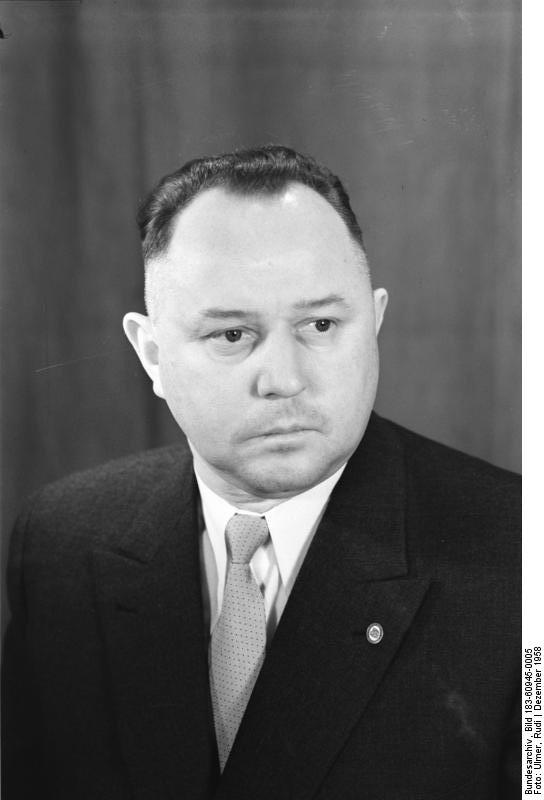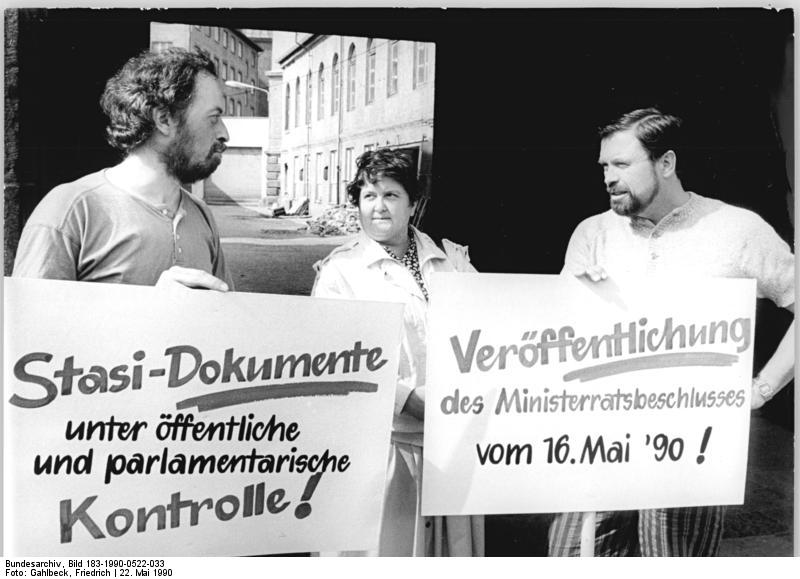As the days grow darker and winter descends, Halloween ushers in the change in season, as a sweet and spooky community celebration. While candy and costumes are all the rage on Halloween, there's more to this tradition than just belly aches, naughty nurses and Frankenstein. In this article, we veer off modern history and explain the history behind the tradition.
A witch as drawn in a 15th century book by Martin Le France
Ancient Origins
The history of Halloween dates back over 2,000 years and is believed to have originated with the Celtic festival of Samhain, where in an attempt to ward off evil and ghosts, villagers would wear costumes and light bonfires. Samhain was not the most rational of festivals though. Indeed, as in many festivals of the ancient world, it was steeped in strong superstitious beliefs that were perpetuated over the years; this tradition trickled into church practices. For example, in the eighth century, Pope Gregory III proclaimed November 1st as All Saints Day in order to honor the souls of saints and martyrs, and so incorporated some Samhain traditions. The evening before All Saints Day was known as All Hallows Eve or Halloween as we know it today.
Originating in what we know today as modern Ireland, England and northern France, the Celts would usher in their new year on November 1st with fear and foreboding, as the cold winter marked the end of the grain harvest and the beginning of the reaping season. According to Celtic history on the night before their New Year (October 31st), death was palpable as the Celts believed that the lines between life and death were blurred, allowing the dead to roam free and plague the living. The effects of this were felt by humans too. On this night, Celtic priests (Druids) were believed to be able to predict the future.
In this period, the Celts would extinguish their hearth fires and gather to build a sacred community pyre where they would make crop and animal sacrifices to their deities for protection during the coming cold. When their celebration was over they would use the sacred fire to reignite their hearths. In the early years of the first millennia AD, the Romans descended on Celtic lands, seizing some Celtic territory and ruling for many years. During this time two Roman festivals influenced the Celtic Samhain festival, notably Feralia, another festival in October that celebrated the souls of the dead, and Pomona, which celebrated the Roman Goddess of trees and fruits. Interestingly the symbol of Pomona was an apple, which is probably why people go "bobbing" for apples - so in our Halloween celebration we are commemorating the Goddess Pomona.
When Christianity later spread throughout Celtic lands, it is believed that the Christians tried to replace Samhain with a Church sanctioned day to honor the dead, what we know today as November 2nd or All Soul's Day.
Halloween in America
The history of Halloween in America evolved very differently from the European tradition, as it meshed with Native American practices and the different customs of the various European groups that had emigrated to America. By the 19th century Halloween was practiced in some but not all parts of America, with people telling ghost stories, playing tricks, dancing, singing, and fortune telling.
American Halloween was changed forever with the influx of Irish immigrants fleeing the potato famine of 1846, who helped to popularize the tradition of costumes. From this, the American Halloween "trick or treat" tradition was born with people dressing up to go house to house to ask for food or money, which later evolved into candy.
When the Irish came to America they also brought with them the tradition of the Jack-o-lantern. According to Irish Halloween tradition it was believed that a cruel man named Jack captured the Devil and trapped him in a tree. Jack swore to let the Devil go if he promised that Jack would never go to Hell. When Jack died he found the gates of Heaven barred because of his cruelty on Earth. And following his deal with the Devil nor could he go to Hell; however, the Devil did gave Jack a burning ember from the fires of Hell which Jack placed within vegetable shells to navigate the dark recesses of the Earth.
As time wore on, the American Halloween tradition was molded further into a day of celebration as opposed to one of witchcraft. Newspapers encouraged parents to remove anything grotesque and frightening from the celebration to put an end to the religious and superstitious beliefs behind the festival.
The history of American Halloween hasn't always been all chocolates and fairies though. By the 1920s and 1930s, even though Halloween was largely a community celebration, the festival was becoming associated with vandalism, but by the 1950s, Halloween was more fully developed into a children's tradition. Today Americans spend a whopping $6 billion dollars on Halloween candy and costumes, making it America's second largest commercial festival.
Unknown Facts
Before you leave here are some interesting facts about Halloween:
- What do you call the fear of Halloween? - Samhainophobia
- Black and orange are the two most common colors associated with Halloween which is indicative of its origins. Orange is reminiscent of the change in season or autumn while black is a reminder of the boundary lines between life and death
- The largest Halloween parade is in New York City
- It is illegal to dress up as a Priest for Halloween in Alabama
While Halloween for us today is about parties, games and sweet treats, we should remember that it was a major part of Celtic life. After all, they attributed their survival during winter to the practice of Samhain. Furthermore it was this combination of Irish and Roman superstition and belief that led Christianity to develop two days dedicated to the remembrance and honor of the dead. In other words, Halloween is a surviving relic of the past that once combined religion and superstition. Even in celebrations today, Halloween has preserved some of its eeriness, relying on the goodwill of "spirits" by appeasing them with candy treats.
By Shrinivas
Do you agree with the theories in this article? Tell us below…
























